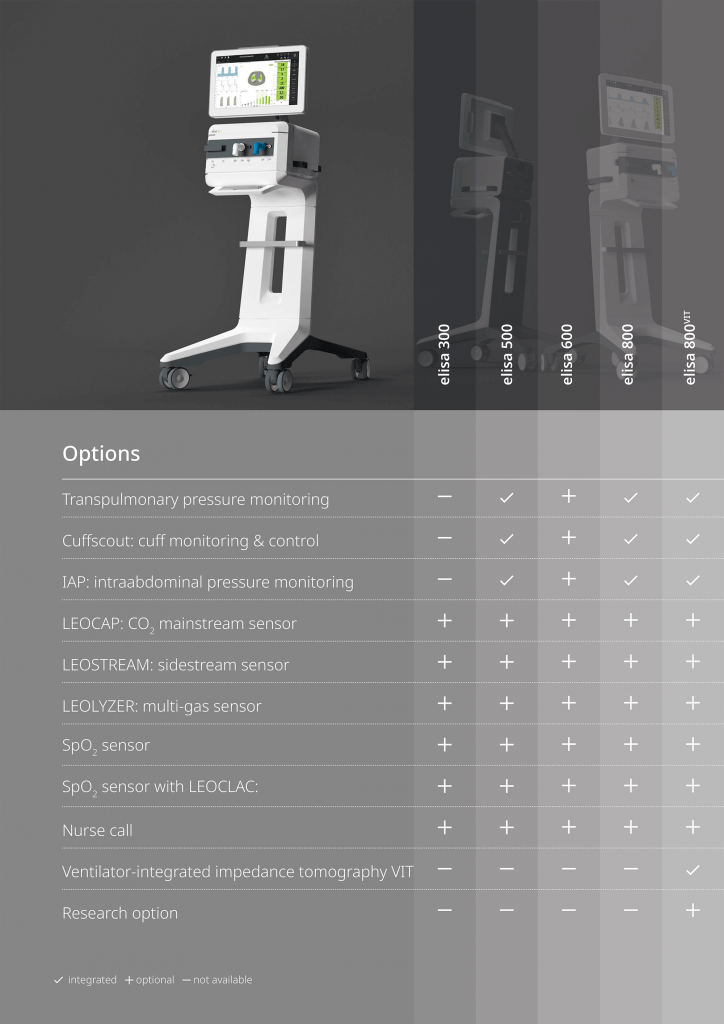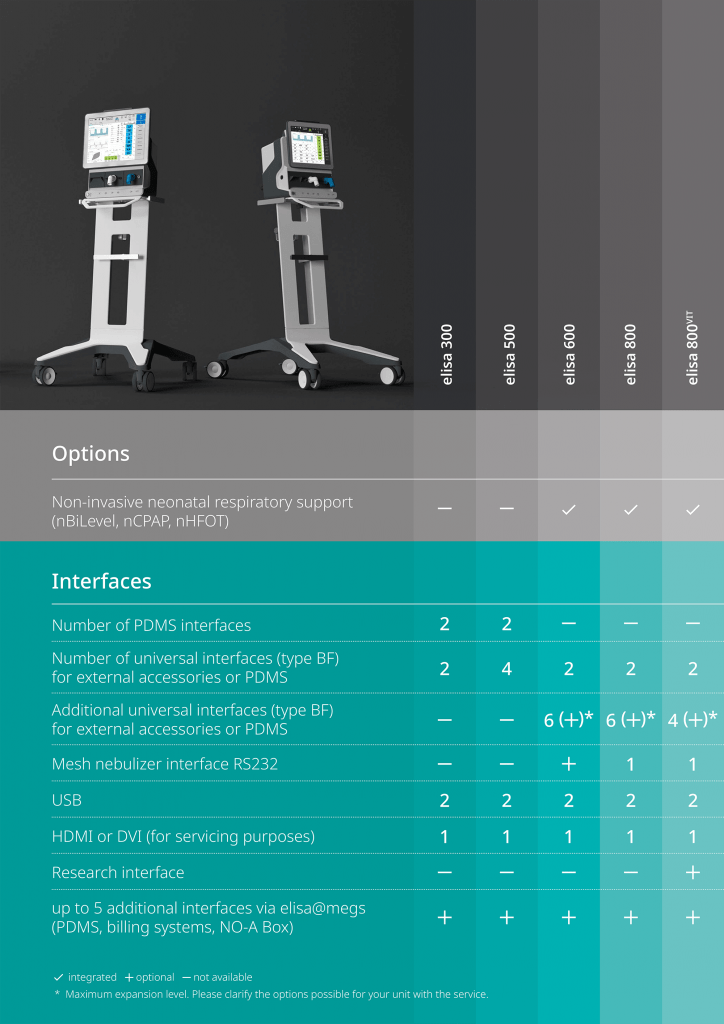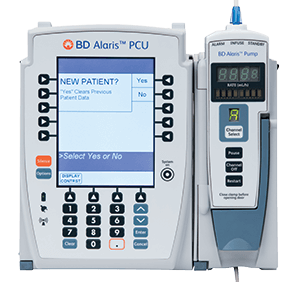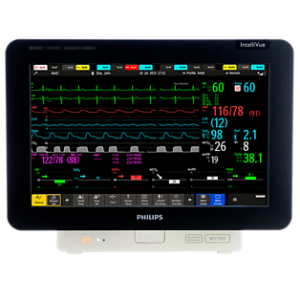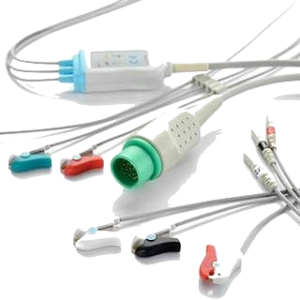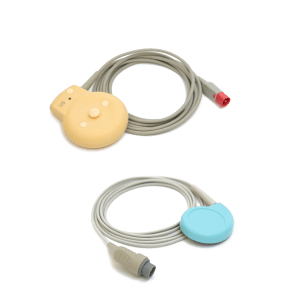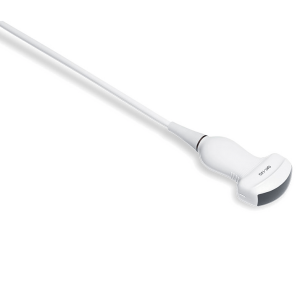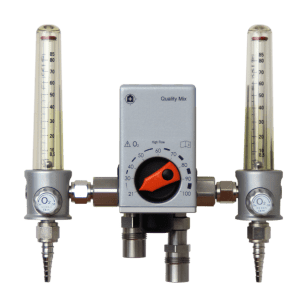
ventilators

Elisa 600 | 800 | 800VIT
The premium range in intensive care ventilation
The platform concept enables situation-based configuration. The flexible system architecture is adaptable for future require- ments and accommodates medical and technical develop- ments.
It offers a full range of diagnostic and therapeutic tools for personalized, intuitive ventilation – from common clinical standards to our ventilator-integrated impedance tomography (VIT), which continues to be unparalleled worldwide.
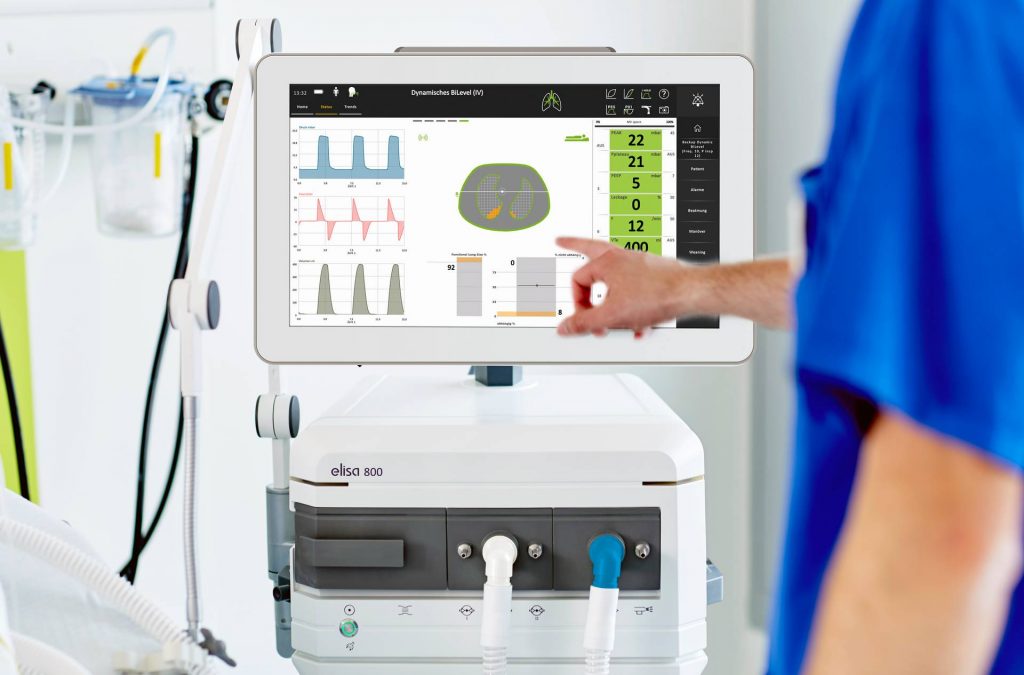
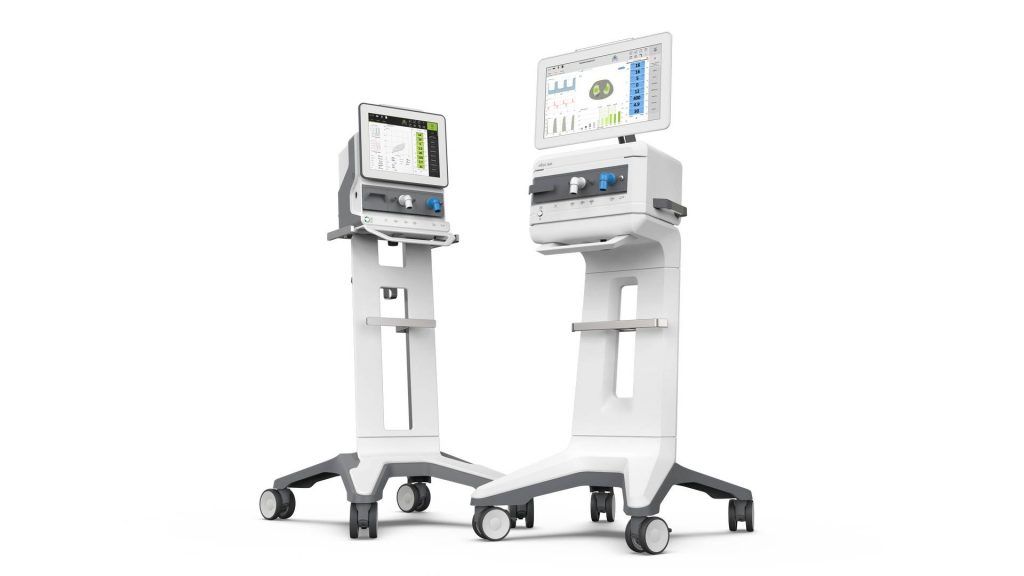
Elisa 300 | Elisa 500
The new compact range in intensive care ventilation with the latest turbine technology
Elisa 300 combines the benefits of the compact class with the features of a state-of-the-art universal ventilator. The devices support a full range of invasive and non-invasive ventilation therapy methods as well as high-flow O2.
The innovative user interface and the comprehensive device configuration options are the basis for versatile application options in intensive care, intermediate care, emergency rooms or during intra-hospital transfer. The 12.1-inch display with a stunning colour performance is the key operating element to guarantee simple operation. Numerous functions provide support with routine tasks.
FEATURES


Special emergency mode for ventilation in resuscitation situations.

The ALPV mode combines the previous advantages of hybrid closed-loop ventilation with the current requirements of lung-protective ventilation. The pressure-controlled ventilation with volume guarantee (comparable to dynamic BiLevel) is combined with pressure-supported spontaneous breathing with volume guarantee (dynamic PSV) in such a way that a tidal volume of 6 ml/kg of ideal body weight results as the target value for mandatory and pressuresupported spontaneous breathing. At the same time, the device continuously monitors potential air trapping and offsets it as necessary. ALPV is used as a weaning mode and generalist mode.

In contrast to the fixed pressure support with PSV, a spontaneously breathing patient receives proportional pressure support with PAPS. The effective pressure support is based selectively on the respective increased elastic and restrictive resistance values. A special algorithm determines the work of breathing due to higher flow and airway resistance on a breath-by-breath basis and regulates the adaptive pressure support required for compensation.

Up to six selectable loops form the basis of differentiated assessment and derivation of treatment decisions. At the same time, up to 10 reference loops can be saved and displayed to compare with the current ventilation situation for diagnosis.

In combination with the research version of elisa 800 VIT, the Scientific Unit offers a unique solution for generating scientific data. All ventilation data and EIT measuring values can be recorded breath by breath. Additionally, the Scientific Unit output includes selected ventilation data and raw EIT data at rates up to 50 Hz. All data exports bear a time stamp for easy data allocation. The EIT raw data can be converted with external software for further processing with standard tools.

A bracket for attaching the unit to the bed and a kit for accommodating the compressed air and oxygen bottles make it easier to transport the intensive care ventilator with the patient bed within the hospital.

Thanks to state-of-the-art sensor technology and its high-resolution sampling rate, the PEEPfinder features algorithms for the reliable determination of inflection points to establish the necessary PEEP and ventilation range. The intuitive display allows a verifiable review of measuring values, transparent PEEP settings, and the assessment of stress indices as well as static compliance.

Targeted nebulizing of medications with ultrasound represents the current gold standard. Modern ultrasound technology does not interfere with ventilation therapy, is virtually noiseless, and medication can be refilled during ongoing operation. The synchronization of our technology with the patient’s inspiration significantly reduces the drug consumption while maintaining the same efficacy. The integrated solution enables the direct operation via the intensive care ventilator without the need to rely on additional external devices.

Mainstream and sidestream sensors complete the close monitoring of ventilation patients in routine clinical and emergency situations. Measuring values can be displayed numerically, as a curve or as a loop.

The Weaninganalyzer accurately displays the patient’s weaning process and offers a reliable forecast for initiating the weaning process and extubation readiness based on daily trials and real-time data.

Additional batteries and an external charger allow off-grid operation for a period of at least four hours.

As an additional safety function, users can activate the automatic patient detection (APD) feature on the configuration level. This prevents inadvertent switching to the standby function or turning the ventilator off as long as a patient is connected.

To reduce the risk of nosocomial (hospital-acquired) infection, the ventilator’s hygiene management function monitors the timely replacement of accessories that are in direct contact with the patient (breathing circuit, valve bar, suction system, HME filter, and nebulizer head). Monitoring and display follow the respective department requirements without the need for complex RFID chips or expensive breathing circuits

WOBOV is a generalist mode that takes promoting spontaneous breathing, sufficient minute ventilation, an energetically optimal breathing pattern and compliance with specific lung protection rules into account. It continuously calculates the energetically optimal breathing pattern and adjusts the ventilation control (modified Otis formula) accordingly. If the ventilation is still insufficient, WOBOV gradually steps up mechanical support or the algorithm compensates the deficit up to the specified minute volume as needed.

Oesophageal pressure monitoring Bedside monitoring of oesophageal pressure with a modified gastric tube reflects the changes in pleural pressure under ventilation. The resulting measuring values enable PEEP optimisation, avoidance of alveolar over-inflation with development of barotrauma, identification of patient-ventilator asynchrony, assessment of respiratory muscle effort, and measurement of intrinsic PEEP with spontaneous breathing.
Request a quote now!
Hours of operation
Get in touch
Spectramedx is a registered trademark of Spectramedx Inc. Unauthorized use of this trademark is strictly prohibited. All rights reserved. Any use without the express written consent of Spectramedx Inc. is strictly prohibited and may result in legal action.
